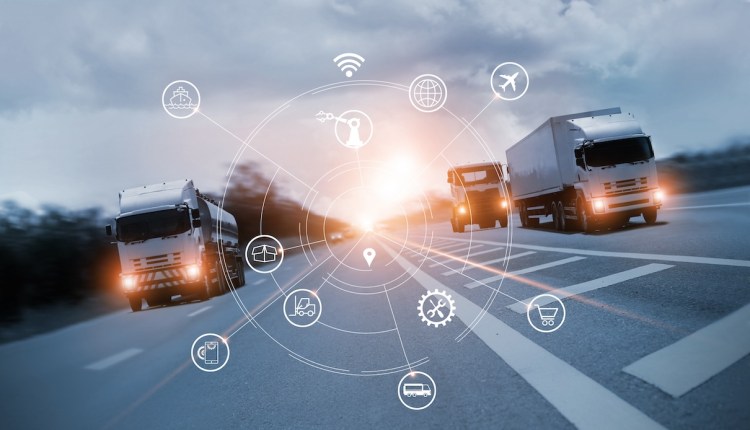Presented by Samsara
Physical operations, which encompass various industries such as construction, transportation, logistics, and food and beverage distribution, play a crucial role in driving our economy. However, these industries have been historically overlooked in terms of technological advancements. While other sectors have embraced digitization and automation, physical operations have continued to rely on outdated paper documents and manual processes. Thankfully, that is now changing.
Advances in technology have made it possible to capture and analyze vast amounts of data from assets in the field, allowing operations leaders to transform their physical operations into connected operations. This digital transformation presents companies with an opportunity to leverage AI and machine learning tools to improve outcomes for their customers, employees, and bottom line.
The Power of Data
What sets physical operations apart as ideal candidates for AI transformation is the sheer volume and complexity of the data they deal with. Data in these industries encompasses a wide range of types, including GPS location, temperature, sensor data, text, and video files. To extract actionable insights from this rich dataset, AI is the natural fit.
“AI is the natural fit for extracting value from this operational data, and with recent advancements in these tools, it is possible to extract far more value in significantly less time than with traditional analytics.” – Evan Welbourne, Head of AI and Data at Samsara
Foundational models provide a starting point for companies looking to incorporate AI into their physical operations. These models can be quickly adapted to a company’s specific needs and data. By fine-tuning and distilling these foundational models, organizations can create smaller, specialized models that are more cost-effective and can even be run on the edge.
Real-Time Insights for Frontline Workers
Physical operations differ from traditional office environments in that a majority of the workforce is on the frontlines, performing tasks like waste management, construction, and delivery. For these employees, preventative insights and real-time alerts powered by AI are even more critical.
When developing AI models for this audience, it’s essential to ensure that the models can accurately and efficiently handle diverse tasks, equipment, geographic areas, languages, and measurement scales. Additionally, the models must work with multimodal data from the field to provide valuable insights.
By leveraging AI, physical operations can go beyond implementing technology for technology’s sake. The focus should remain on tangible impact, from real-time alerts to predictive risk modeling.
“True AI transformation for physical operations isn’t about implementing technology for technology’s sake. The adoption of AI should remain focused on tangible impact — from real-time alerts to predictive risk modeling.” – Evan Welbourne, Head of AI and Data at Samsara
Use Cases for AI in Physical Operations
There are several specific use cases where AI can have a significant impact within physical operations:
- Safety improvements: AI models can be integrated into commercial vehicle dash cams to detect unsafe driving behaviors in real-time and trigger audio alerts to correct drivers. This helps prevent dangerous road incidents from occurring.
- From preventative to predictive maintenance: AI can transform preventative maintenance by using machine learning models to predict when equipment or vehicles require maintenance. This proactive approach not only saves money but also allows mechanic teams to work more efficiently.
- Automated workflows: AI can streamline day-to-day tasks for operations workers by automating specific tasks and providing curated workflows on their mobile devices. This simplifies processes and ensures employees have the necessary information for each task.
The Future of AI in Physical Operations
As physical operations continue to evolve, AI will play a crucial role in filling knowledge gaps and automating key workflows. By leveraging AI tools, organizations can gain visibility into trends within their operational data and make informed decisions to improve efficiency and effectiveness.
The use of large language models (LLMs) like ChatGPT and Llama will likely lead to the development of smaller, specialized models designed for specific use cases. Furthermore, AI copilots powered by LLMs offer context-rich assistance and help automate administrative tasks, making complex technology more accessible to non-experts in the field.
While the world of physical operations may be complex, the potential for AI to simplify and optimize these industries is vast. By embracing AI technologies, organizations can unlock new possibilities and drive meaningful change within their operations.
Learn more about the opportunities for AI within physical operations here.
Evan Welbourne is Head of AI and Data at Samsara.










